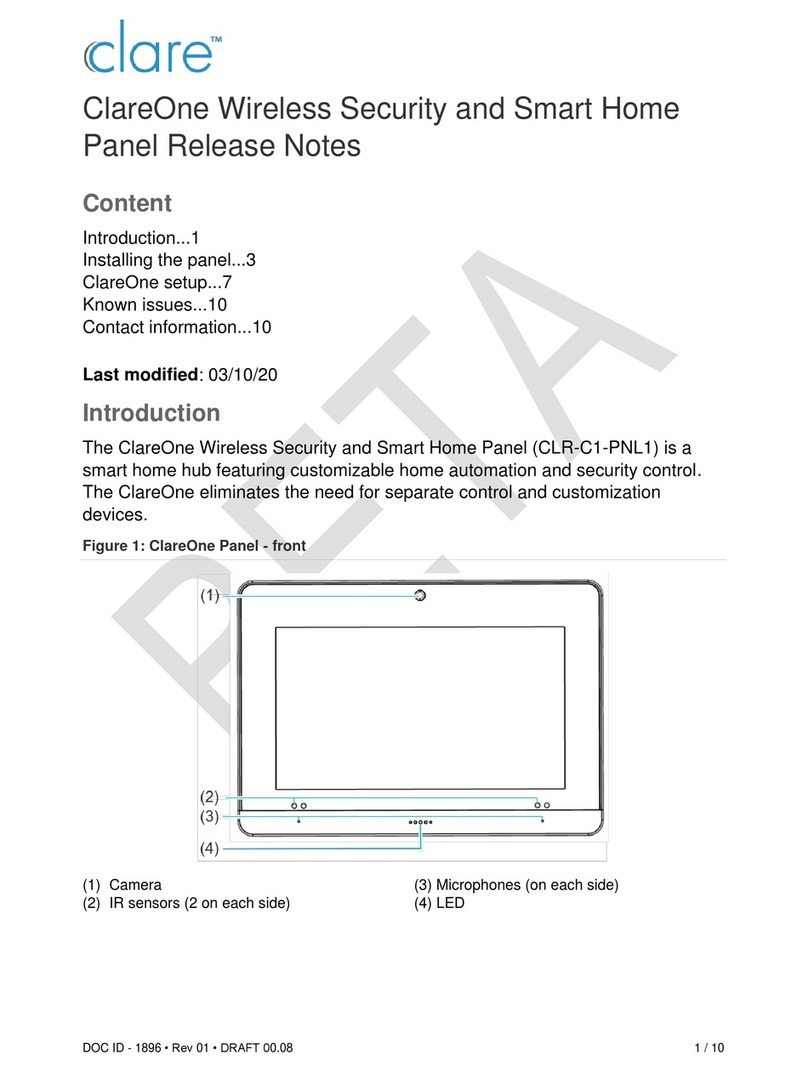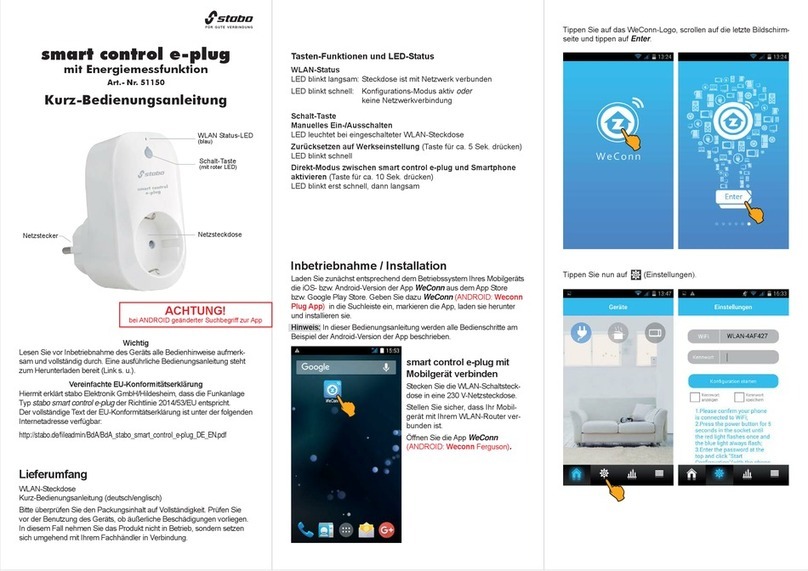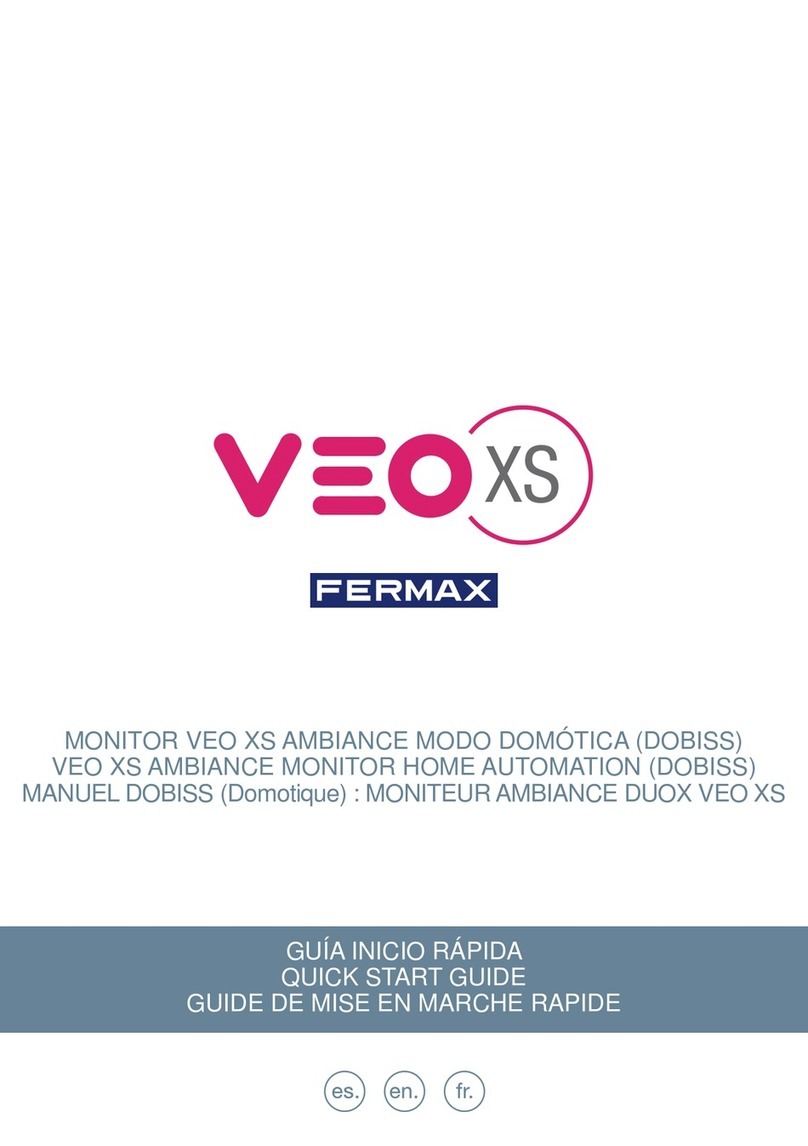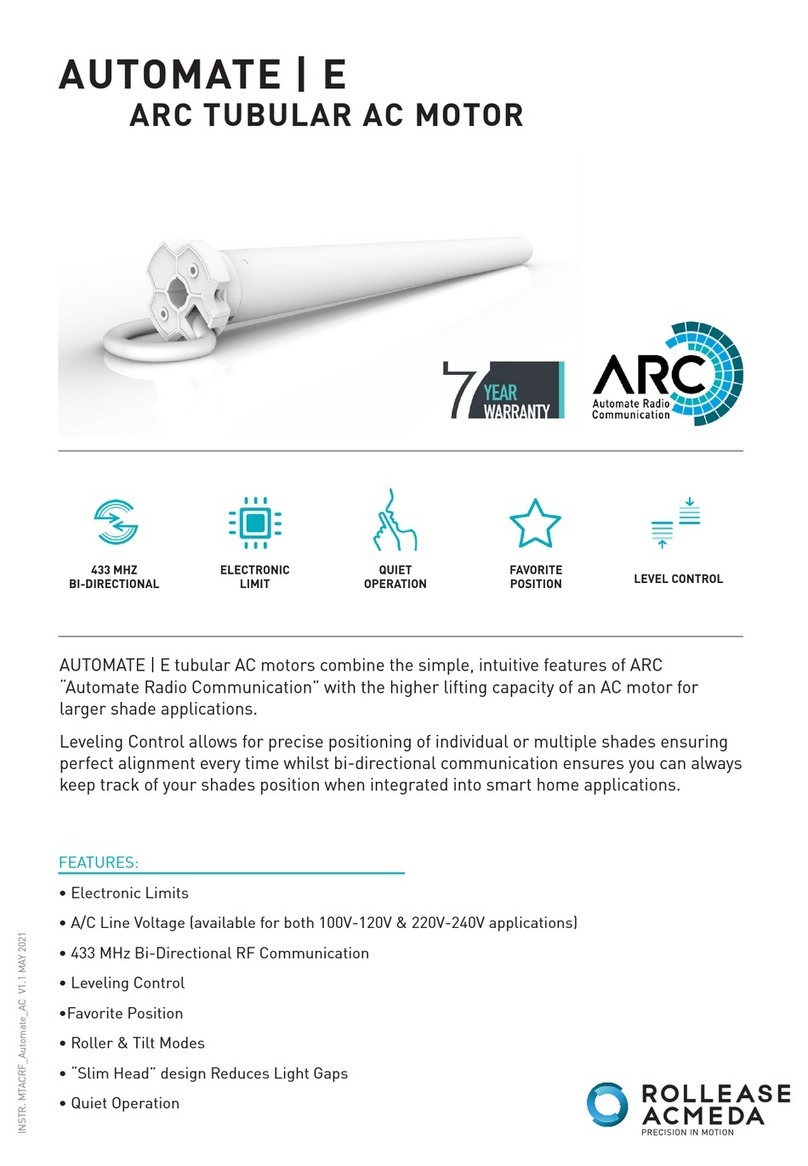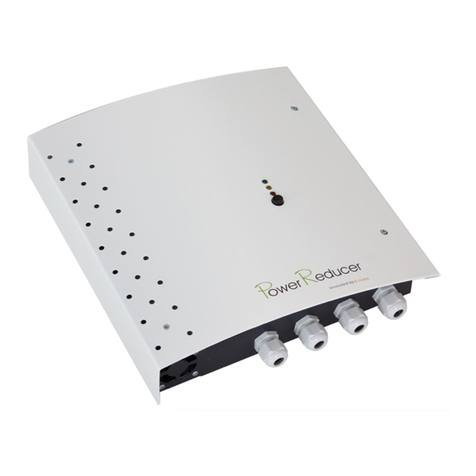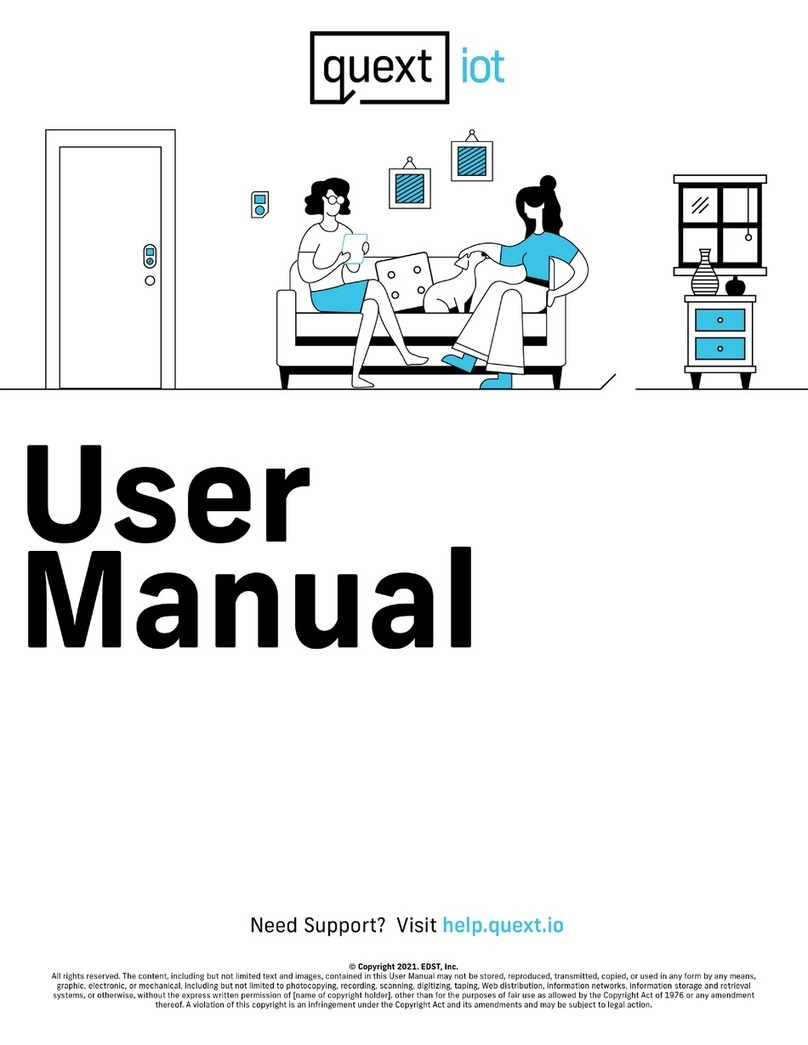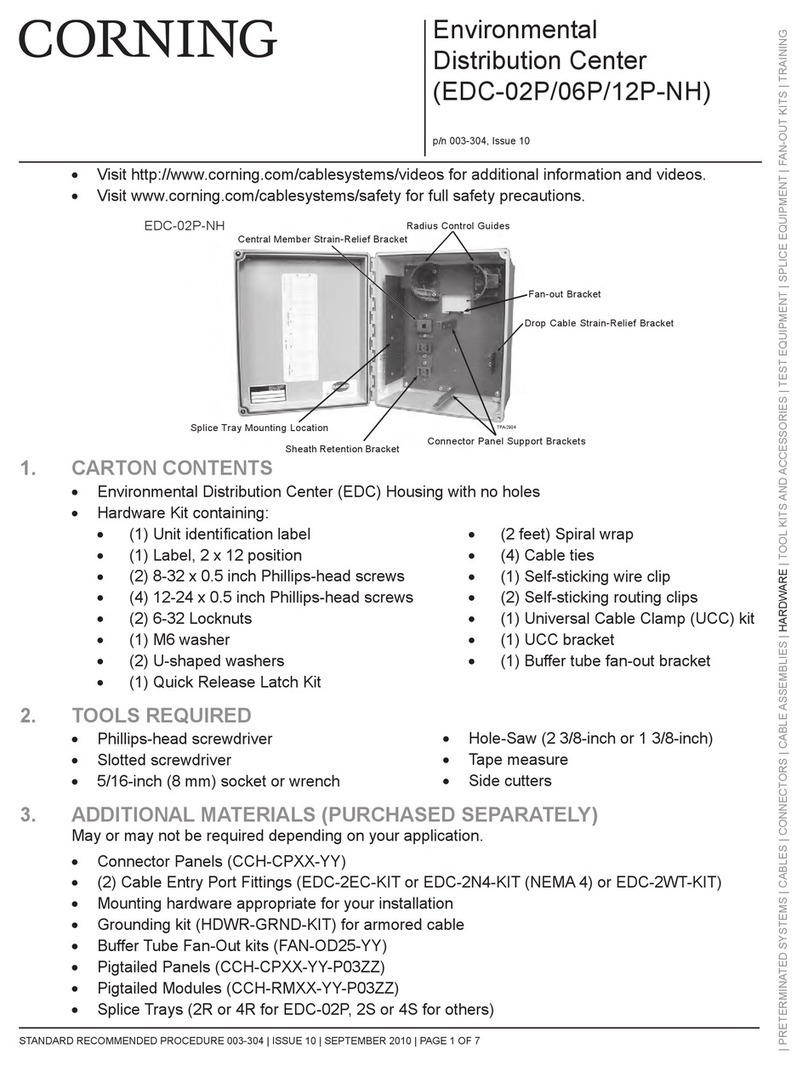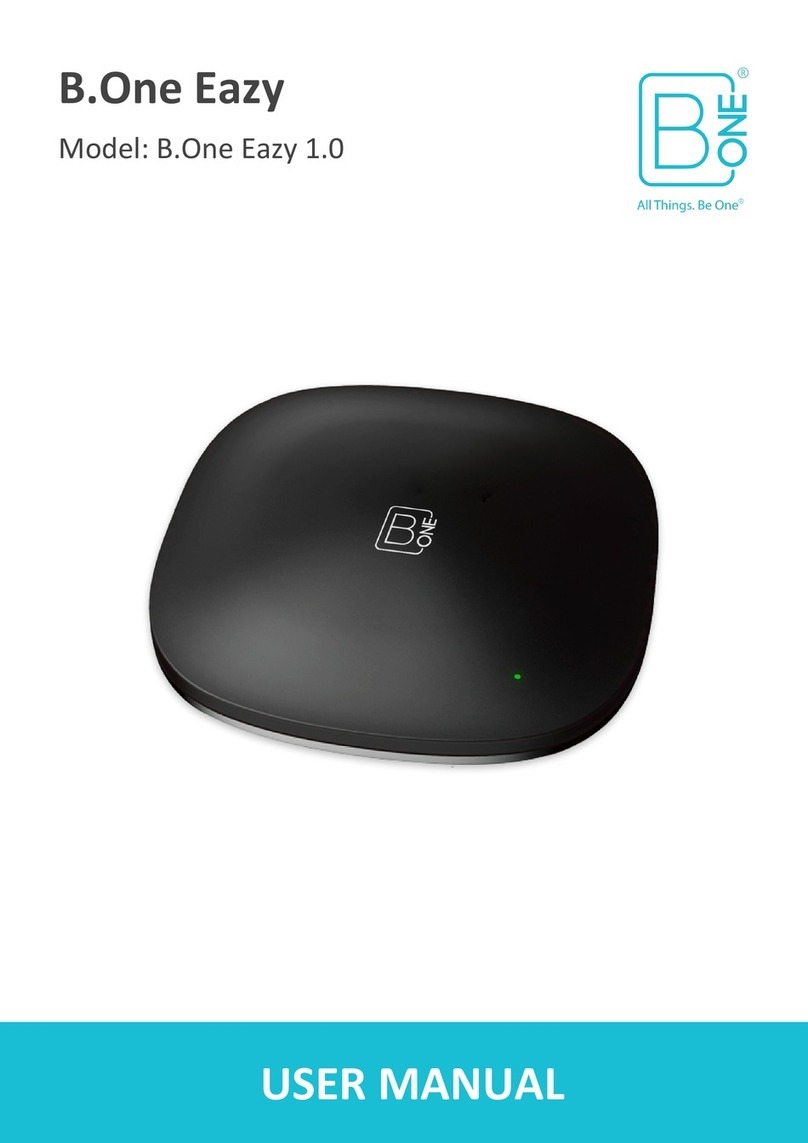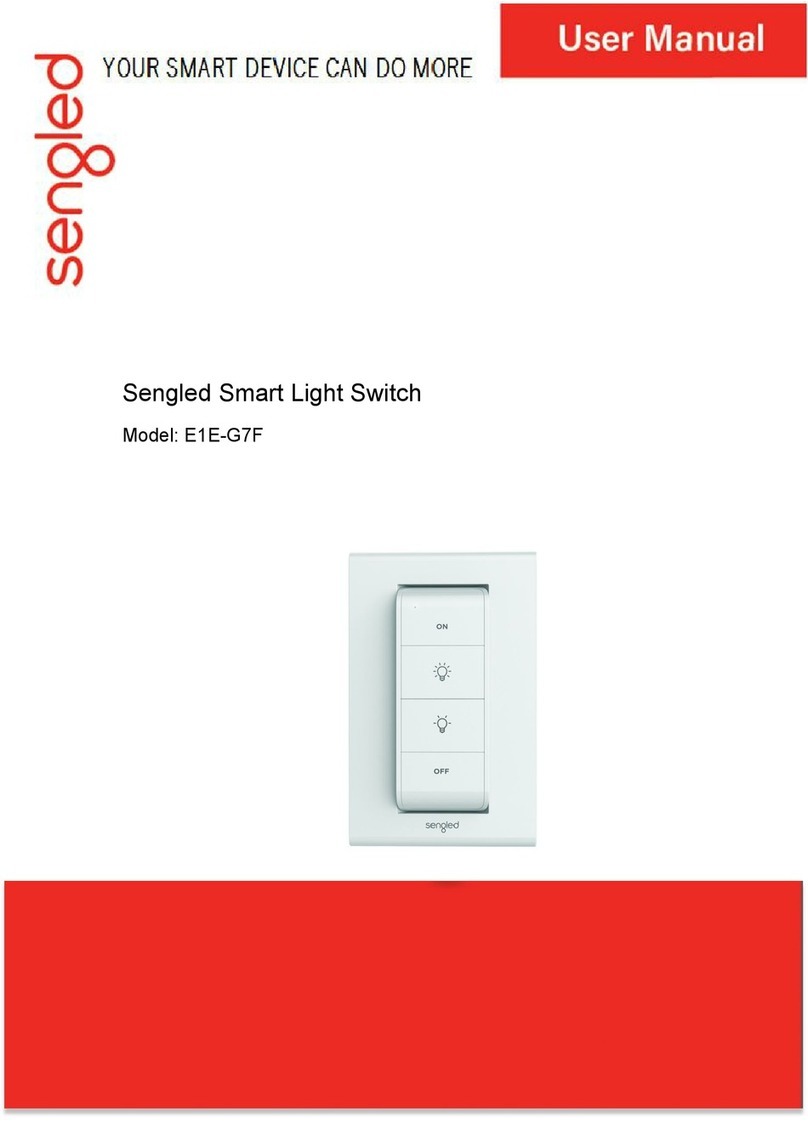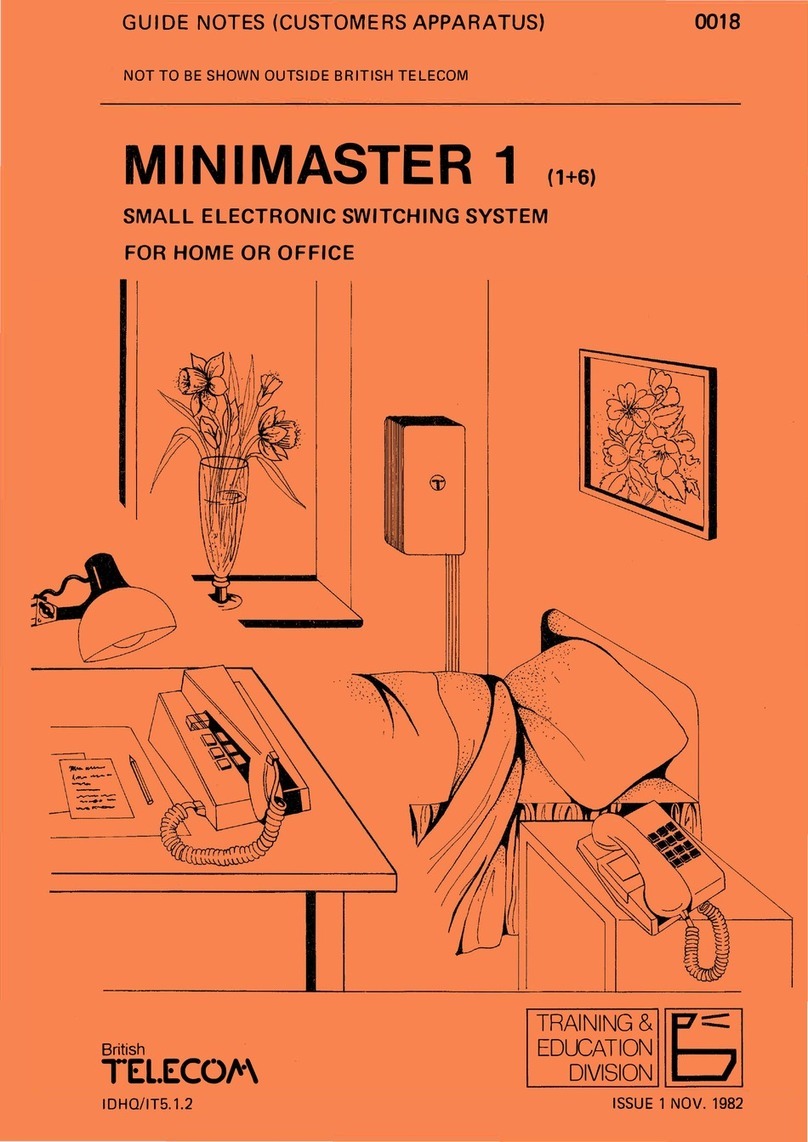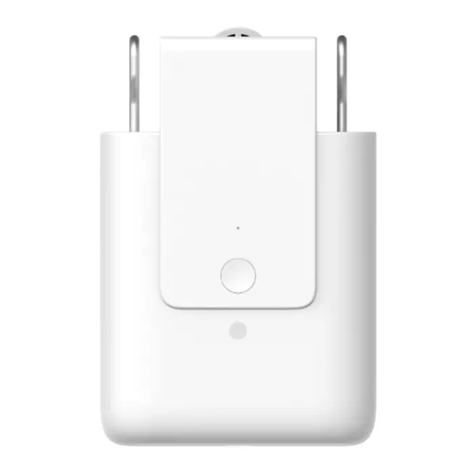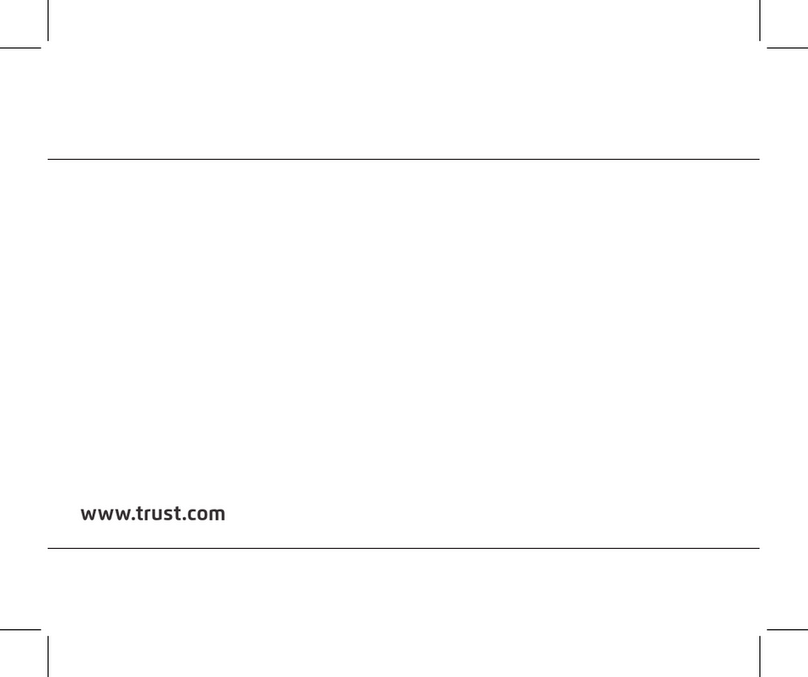Envig 400GPD User manual

Envig 400GPD Tankless RO System

Installation Instructions
Before Installation
Inspect the Package
Open the box and take out the system housing and all parts. Inspect them
according to the parts list to ensure nothing is left out or damaged during
shipping. If there are any parts cracked or broken, please do not proceed with
the installation and contact Envig by phone: 1-919-998-8772 Mon –Fri
8:00AM –5:00PM (EST). Identify and get familiar with all components for
quick installation.
Inspect Installation Space
1. Check to make sure there is a power outlet in the under sink
cabinet. If not, make arrangement for power supply before
installation.
Note: It is recommended to have the power supply on the wall of the
under sink cabinet to reduce the possibility of electric shock.
2. Check and ensure there is sufficient space in the under sink cabinet
to install the system. It is recommended not to place the housing
against cabinet wall, as there may be vibration when the system
works.
Inspect whether there is an existing drinking water faucet hole on your sink or
countertop with the right size for faucet installation. If not, it is recommended
to hire professional crew to drill a faucet hole.
Required Tools
Variable speed drill
Drill bit: ¼” (for drainpipe)
Adjustable wrench, pliers
Screwdriver
Tube cutter, utility knife or scissors
Flashlight
Towel or drain bucket
Specification

To achieve the optimal performance, it is highly recommended to use the
system within the operational parameters.
Model
S7
Size
14.8” x 5.3” x 14.4” (376 x 135 x 368
mm)
Feed Water Pressure
14.5 –87 psi / 0.1 –0.4MPa
Feed Water Temperature
41 –104 °F / 5 –40 °C
Feed Water Requirement*
Municipal tab water
Max Daily Production Rate
400 GPD
Power Consumption
65W
Note: If you are using well water as the source, please ensure that the feed
water has been through a pre-filtration system and has the proper water
pressure.
Parts List

Installation Tips
Connection Diagram
How to Connect and Disconnect Tubing to Quick-connect Fitting
To connect
Push the tubing fully into the fitting until it can’t be pushed further.
Note: If the tubing is not fully inserted, it may cause leakage.
When the tubing is fully inserted, hold the lock sleeve and pull
slightly to expose the space for lock clip. Put the lock clip on the
fitting. It will lock the tubing in place and prevent it from falling off.
To disconnect
Remove the lock clip from the fitting;
Use your thumb and index finger to press down the lock sleeve. In
the meantime, use your other hand to pull out the tubing from the
fitting.
Cut Tubing
One roll of tubing (16 feet) is provided. Cut it to a suitable length for each of
the connections. Make sure each of the tubing length after cutting can cover

the distance of the connection, and possibly leave some extra for future
moves of the system. Do not leave too much extra where it can get crimped.
Cut the tubing squarely and cleanly with a tube cutter, sharp utility knife or
scissors.
Installation Steps
Note:
Prior to installation, it is recommended to watch YouTube videos as
recommended.
Only COLD tab water should be used as the input tab water for the RO
system.
Do not install the system in direct exposure to sunlight, harmful chemicals, or
any circumstances that may damage the system.
Do not install the system outdoors.
Check to ensure there is sufficient space under the countertop to install the
system.
Step 1: Install the feed water adapter
1. Shut off the cold water supply. Turn the kitchen faucet to release the
water pressure.
Note: Make sure the water has stopped running before proceeding
to the next step.
2. Disconnect the cold water pipe from the cold water supply valve.
Note: Use towel or drain bucket to catch any water during the
disconnection.
3. Twist the feed water adapter onto the cold water supply valve and
tighten with an adjustable wrench.
Note: Apply Teflon tape to the positive side of the water supply
valve. If the cold water pipe is 3/8”, screw the ½” to 3/8” converters
to the feed water adapter. Use Teflon tape for the converter
connections.
4. Apply the Teflon tape to the positive side of the feed water adapter.
Twist the cold water (kitchen faucet) pipe onto the positive side of
the feed water adapter and tighten with an adjustable wrench.

Step 2: Install the RO Faucet
Note: If there is no hole in your kitchen sink or countertop, you have to drill
one with the right size. Professional service is highly recommended. For DIY,
please follow the recommendations as below.
a) Choose a diamond core bit for granite, or a carbide drill bit for
stainless steel. Do not use a hammer drill on natural stone,
glass or ceramic.
b) Drill a hole large enough to insert the faucet stem, but small
enough to hold the faucet base on the sink or countertop. 1 inch
diameter is recommended.
c) Make sure the space under sink is accessible for tubing
connection.
d) Follow all professional drilling guidance for the type of material
where the hole will be drilled. Be aware of the risk of chipping or
cracking if not done properly.
1. Insert the faucet spout into the faucet body;
2. Insert the faucet stem into the hole on the countertop/sink;
3. Under the sink, slip on the washer onto the faucet stem first, and
screw and tighten the nut carefully enough to lock the faucet firmly
onto the sink or countertop.
4. Insert the quick-connect fitting onto the faucet stem fully and firmly.
Step 3: Install the Drain Saddle
1. Choose a spot on the drainpipe that is convenient for installing the
drain saddle, and drill a ¼” hole. Be sure not to penetrate the
opposite side of the pipe;
Note: It is recommended to install the drain saddle on the vertical
section of the drainpipe. In some areas, the drain water tubing
needs to be connected to the drainpipe through the air gap.
Consumers need to purchase additional air gap accessories.
2. Unscrew the nut from the drain saddle. Slip the nut and then the
front plate of the drain saddle to one end of the tubing, place the
plate onto the drilled hole, and make sure to insert the drain tubing
into the drilled hole up to about 0.6”.
Note: Please read and follow sub-step 2 in Step 4 to get the drain
tubing.
3. Place the back plate of the drain saddle, tighten it with screws onto
the drain pipe.

4. Screw and tighten the nut on the drain saddle to secure the
connection.
Step 4: Position the RO System Housing and Connect Tubing
1. Place the RO system where you prefer. Measure the distance from
the back of the system to each of the connection points: faucet
stem, drain saddle and feed water adapter.
2. Cut the tubing into three sections long enough for each of the
connections.
3. Install the input water tubing. Connect the input water tubing from
the feed water adapter to the input water port. Make sure the tubing
is fully inserted on both ends. Use lock clips on both end to secure
the tubing.
4. Install the filtered water tubing. Connect the filtered water tubing
from the RO faucet fitting to the filtered water port. Make sure the
tubing is fully inserted on both ends. Use lock clips on both end to
secure the tubing.
5. Install the drain water tubing. Connect the drain water tubing from
the drain saddle to the waste water port. Make sure the tubing is
fully inserted. Use a lock clip to secure the tubing.
Step 5: Start up the System
1. Turn on the cold water supply valve. Check for leaks. Make sure
there is no leaking at joints, fittings, valves, faucet and tubing
connections.
2. Insert the power plug into power outlet, and turn on the system;
3. Turn on the faucet to let water run for 15 minutes. Then turn off the
faucet and wait for 30 minutes. After 30 minutes, turn on the faucet
again and let water run for another 45 minutes. The water then is
ready for drinking.
4. TOC, COD and TDS should be reduced for up to 99% after the first
15 minutes flushing. For system functioning verification, Envig TOC
meter (https://www.amazon.com/gp/product/B08HNJLMP4) is
recommended.
Note: The water is undrinkable during the first hour of flushing. To
preserve water, collect the flushing water for other purpose like
flowering, gardening, or toilet flushing etc.
Note: Be sure to carefully check the tightness of each part of the
system while flushing. Check and ensure all tubing is installed
correctly and completely.

Operation Manual
Display
Section 1: Working Mode Display
The filter indicators are solid white. When making water, the working indicator
is flashing white. The working indicator is solid white when the system stops
making water. The wireless indicator is for future features, and is not currently
used and should be ignored.
Section 2: Filter Life Reminder
Note: Filter life may vary depending on source water quality and water
usage. Please replace the filters according to the filter life indicators.
In normal situations, the composite CBPA filter can last 9-12 months, and the
RO membrane filter can last 18-24 months.
When a filter needs to be changed, the system will automatically prompt the
change by turning the filter indicator to flashing red and start the buzzing
alarm.
Operation
Filter Replacement Guide
Note: If the filter expires, please purchase and replace the filter immediately.
Otherwise, the filtration efficiency will decrease significantly and affect the
performance.
1. Turn off the power and water supply.
2. Twist the filter that needs to be replaced counterclockwise for 90
degree;
3. Remove wrappings and protective cap, if any, from the new filter;

4. Insert the filter into the filter housing, align the turning knob
horizontally in the direction of the unlock sign.
5. Twist the filter with a little force forward in the clockwise direction for
90 degrees, until the turning knob is aligned vertically with the filter
sign.
6. Reset the filter indicator and perform flushing after RO filter
replacement (please refer to the following steps).
How to Reset the Filter Life Indicator
1. Press and hold the power button for 6 seconds to start the reset
mode.
2. Short press the power button to switch between the filter indicators.
When the filter indicator is flashing, it is ready to be reset.
3. Press and hold the power button for 6 seconds and the reset is
completed.
4. Repeat this process for all the filters that need to be reset.
How to Flush the Filter after Replacement
After filter replacement, turn on the system power.
For CBPA filter: Turn on the faucet to flush for 5 minutes;
For RO filter: Turn on the faucet to let water run for 15 minutes. Then turn off
the faucet and wait for 30 minutes. After 30 minutes, turn on the faucet again
and let water run for another 45 minutes. The water then is ready for drinking.
Water in the first hour of flushing is undrinkable. You can preserve water by
using it for flowering, gardening, toilet flushing, etc.
System Maintenance
If you do not use the machine for a long time (more than 1 week), it
is recommended to turn on the faucet to flush for a while before
using it again;
Please replace the filter according to the filter life indicator;
Clean the system housing with a moist towel;
Keep the waste water pipe unobstructed to avoid damage to the
filter or internal components;
When the drain pipe is blocked, do not use the system. Please turn
off the power.

Check the system and water pipe fittings regularly for water leakage
to avoid any water damage;
Check regularly on the power supply and whether wires are loose or
damaged to avoid electric accident.
If you are using well water as the source, please ensure the feed
water has been through a pre-filtration system. Large particles in the
well water will clog the filters and shorten the filter life.
Limited Product Warranty
The warranty of our product covers defects in materials and workmanship
from the original date of purchase. During the warranty period, we will replace
or repair any part which is deemed to be defective at our discretion, provided
the product has not been subjected to tampering, alteration, negligence of
regular maintenance or improper use after delivery. The cost of repair or
replacement under those excluded circumstances shall be borne by the
consumer. This limited warranty does not cover filters and all other parts or
components that require regular replacement as a result of ordinary usage
under specified conditions. This limited warranty only applies if the system is
installed, used, and maintained in compliance with all instructions and
requirements enclosed with the system.
The manufacturer or reseller shall assume no liability for the determination of
the proper equipment necessary to meet your water quality requirements,
and we do not authorize others to assume such obligation on our behalf. You
must verify and test on your own risk the suitability of any information with
respect to the product for your specific application.
This limited warranty shall only be void if:
1. the system is not used under the specified conditions,
2. the cartridge filters are not replaced as recommended, or
3. the product is purchased from someone other than our official
website or authorized resellers.
Our sole obligation under this warranty shall be repair or replacement of a
non-conforming product or parts of this product, or at our discretion, return of
the product and a refund of the purchase price.
The warranties set forth herein are the only warranties made by us with
respect to the product. We make no warranties, expressed or implied,

including, but not limited to, any warranties of fitness or merchantability,
except as expressly set forth above.
In case some states do not allow limitations on how long an implied warranty
lasts, you may choose to return the system. If you choose to keep it, you
agree that the above limitations shall apply to you.

Thanks for your business
This manual suits for next models
1
Table of contents
